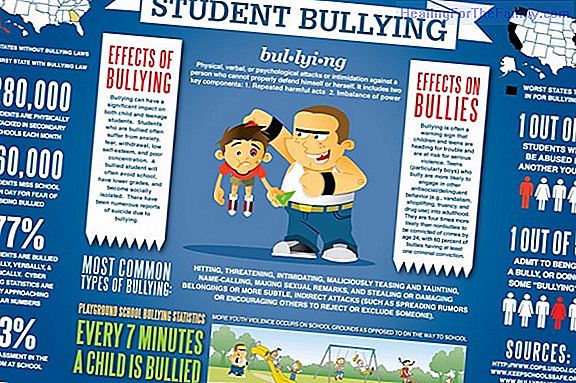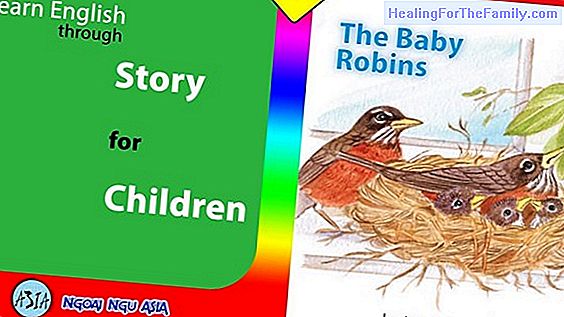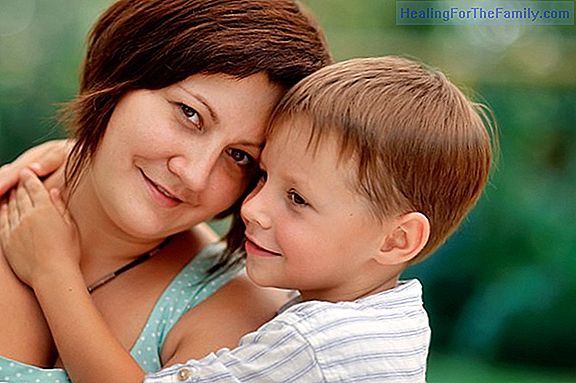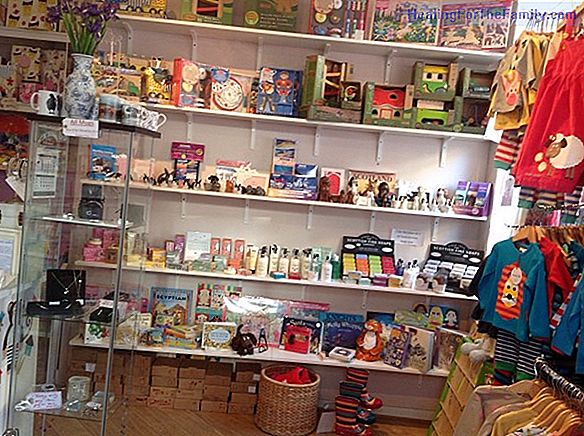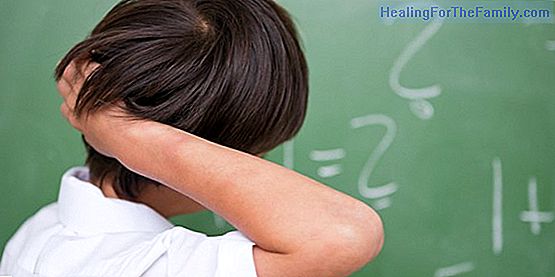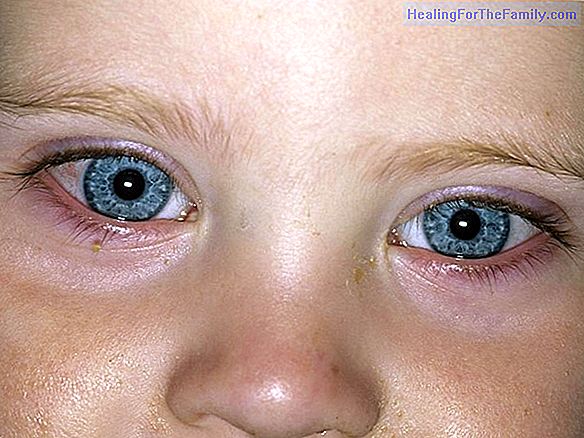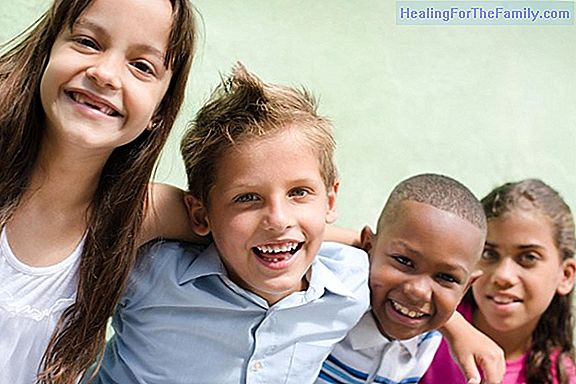Antiseptics to heal the wounds of children
We live surrounded by germs, although most of them are controlled by the defense systems that exist in the skin and mucous membranes, but when a wound or a cut occurs in the skin and it opens, germs can enter the human body and cause an infection. To avoid it, it is essential to use an antiseptic th
We live surrounded by germs, although most of them are controlled by the defense systems that exist in the skin and mucous membranes, but when a wound or a cut occurs in the skin and it opens, germs can enter the human body and cause an infection.
To avoid it, it is essential to use an antiseptic that prevents its passage and reduces the possibility of causing a disease. The product should be applied on the sides of the cut of the skin and not directly in the incision, without forgetting that the best thing is to allow the injury to ventilate so that it heals and, in this way, a new attack is prevented.
Types of antiseptics for children and adults
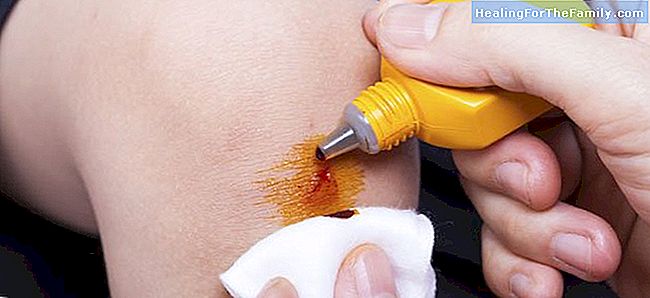
All antiseptics are not the same and do not have the same effectiveness. Each of them has some properties and their mechanisms of action are very differentiated:
1. Chlorhexidine: it is effective against Gram + and Gram - bacteria, spores, fungi and viruses. It is active against organic matter such as pus, exudate or blood, has no contraindications and is not toxic. It can be used in pregnant women, neonates (for umbilical cord healing), infants and children because it is not absorbed, and, therefore, lacks systemic reactions. 2. Alcohol 70%
: it is effective against Gram + and Gram - bacteria, and viruses such as AIDS and cytomegalovirus. Its activity starts at 2 minutes and its residual effect is zero. It is inactive against organic matter such as pus, exudate or blood, is contraindicated in open wounds, produces local pain in the tissues, can be irritating and, as for safety, is a flammable product.3. Iodine
: povidone iodine 10% is effective against Gram + and Gram - bacteria, viruses and fungi. Delays the growth of granulation tissue that is essential for the beginning of healing and in the toxicity section can cause skin irritation and absorption of iodine systemically, which makes it a productcontraindicated in newborns (for cures) of the umbilical cord), infants and people with thyroid disorders. 4. Hydrogen peroxide
: hydrogen peroxide is active against Gram + and Gram - bacteria, and 3 percent of viruses. It starts its activity immediately after its application, but its effect does not remain. It is inactive against organic matter such as pus, exudate or blood, it is irritating to mucous membranes and as a contraindication it has the danger of damaging tissues in closed cavities and the risk of gas embolism.5. Mercurochrome
: the products derived from mercury are bacteriostatic (they impede the growth of microorganisms during their action) of low potency and are inactivated in the presence of organic matter. They can produce contact dermatitis and sensitivity on the skin in new applications.Other antiseptics to prevent infections
Some bacterial and viral infections cause small, painful sores and ulcers (aphthae) on the mucous membranes of children's mouths. In this case, the lesion can be caused by an object, a dental prosthesis or a blow, and its effects are attenuated thanks to antiseptic solutions, which are applied, directly, or by performing gargles.
Antiseptics are also useful for
curbing acne or pimples that produce hormonal changes by stimulating the sebaceous glands, generating clumps of fat that clog the pores and give rise to pimples. These lesions can be invaded by the bacteria Propionebacterium acnes , and using special antiseptic solutions can help to reduce the risk of infection and, therefore, of scars.Marisol Nuevo.
Guiainfantil.com




